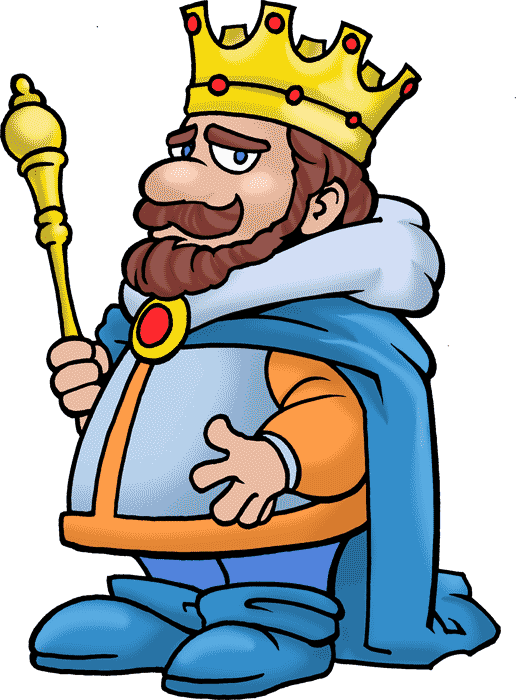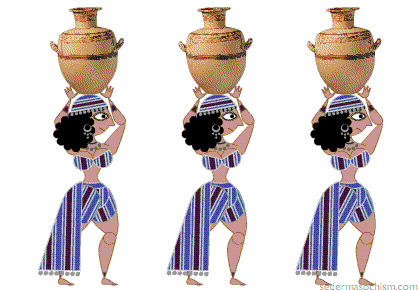
Mr. Dostert's Domain




Introduction to History





Civilization & Culture
Culture
Politics
Economics
Religion
Social
Intellectual
Artistic
Perhaps one of the most loaded terms in Social Studies is the tern civilized. History is often explained as the study of the development of civilization. However, the term civilized has been used to explain the superiority of one culture over another by delaring one as civilized and another as uncivilized. For this class we will be using the PERSIA acronym to describe civilization and be careful not to label any culture as superior or inferior to another.

The acronym PERSIA is a useful tool for analyzing civilizations of today as well as those from the past. The six aspects of civilization are found in all societies include: Political organization, Economic structures, Religious Institutions, Social heirarchy, Intellectual foundations, and Artistic expression. By knowing these aspects, students can break ALL civilizations into components and make more sense of the past by looking at the culture in pieces rather than an overwhelming whole.
 Politics |  Economics |
|---|---|
 Religion |  Social |
 Intellecutal |  Artistic |






Click on picture to see summary of each aspect of culture.
Much of the history of humanity peole survived by hunting and gathering. Their lives were short and they were at the mercy of nature for survival. However, around 5,000 years ago the first steps toward civilization began in river valleys as people gave up their nomadic lifestyle and began farming. The development of farming allowed people to spend less of their time in the search of food and use their time to develop more advanced societies as well as written language which allowed information to be stored and passed on to future generations. The creation of cities allowed for the creation of the first states which would later develop into empires.

The first civilizations on earth appeared in the ancient river valleys of Asia and Africa. Due to their location and resources they were able to each develop into sophisticated cultures and civilizations that thrived for over 1000 years! These cultures invented many of the things that we take for granted today including governments, legal codes, organized farming, and written language. Some of the earliest civilizations inclue:
1. Mesopotamia
6. Phoenecia



Resources
Media
What is Time?
Brief History of Timekeeping




The Scale of Time
One of the most basic and fundamental aspects of history is the way we measure time. Time, although often considered a simple concept, is perhaps one of the most complex aspects of our universe. Theoretical physicists have sought to understand how time and space relate and despite all their efforts have yet to prove a definitive answer to the question "what is time?" As history students we are not interested in the complexities of this question, but only how to organize and measure time to put the story of humanity into relative terms which can be used to relate history and create cohesive understandings of that link time and humanity together.




Early on civilizations recognized the repetitive nature of time based on the sun, moon, and stars. They noticed that the length of the day varied at different times of the year and it was discovered that these seasons cycled regularly. This discovery allowed for better planning for farming and harvests and ultimately greatly improved the quality of life for early people. Days became separated into equal parts which were later standardized as hours and minutes and the basic components of time were born.
History & Time
To measure the passing of years, societies have created calendars and have numbered years according to one specific important event for the civilization which creates their calendar. The Islamic calendar begins year one with the Hajj, or flight of the prophet Mohammed from Mecca to Medina. The Chinese calendar years were numbered from 1, beginning when a new emperor ascended the throne or the authorities announced the reign title. For Europe and the West the calendar year is based on the traditionally reckoned year of the birth of Jesus of Nazareth with A.D. (Anno Domini) counting years since the event and B.C. (Before Christ) for all years prior. Although this system is still widely in use, historians often use the less Christian-centric terms the Common Era (C.E.) in place of A.D. and Before the Common Era (B.C.E.) in place of B.C.


A common difficulty amongs students is knowing how to relate B.C. and A.D. An easy way to overcome this is to relate years A.D. as positive numbers and years labeled B.C. as negative numbers. This means that the bigger the number is B.C., the earlier it happened chronologically whereas the bigger the number is A.D., the later it occurred and more recent it is. This approach also allows us to easily calculate the difference in years. For example, if we wanted to know how long ago Christopher Columbus discovered America, we would take the date and subtract 1492 because today's date and the date Columbus discovered America are both A.D. or positive numbers. However, if we wanted to know how long ago Alexander the Great died, we would add the current year and 323 because Alexander died Before the Common Era and subtracting a negative number is the same as adding a positive.



World Religions
A fundamental aspect of human civilization are the many different religions practiced across the world.

